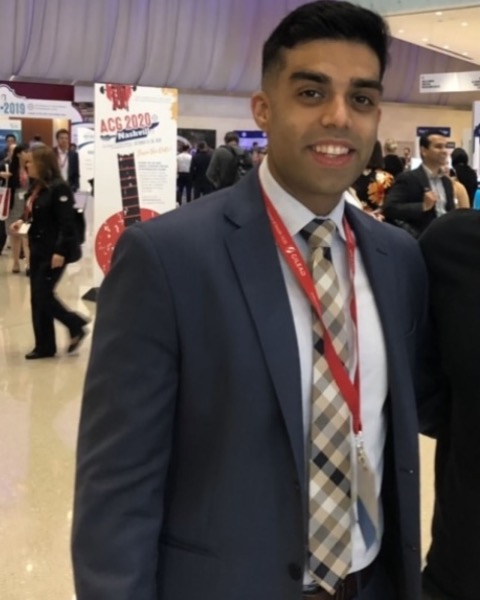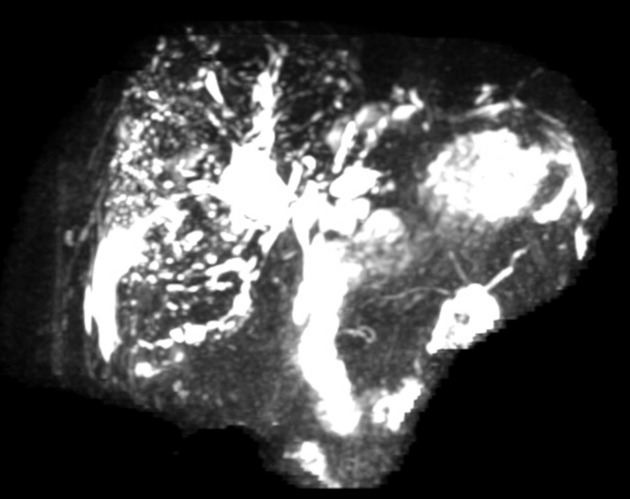Back


Poster Session B - Monday Morning
Category: Liver
B0548 - Fighting the Odds: A 31-Year-Old Long-Term Survivor of a Kasai Procedure With a Native Liver
Monday, October 24, 2022
10:00 AM – 12:00 PM ET
Location: Crown Ballroom

Has Audio

Herman Suga, DO
Jefferson Health New Jersey
Turnersville, NJ
Presenting Author(s)
Herman Suga, DO1, Neethi Dasu, DO2, Kirti Dasu, BA3, Brian Blair, DO4, C. Jonathan Foster, DO5
1Jefferson Health New Jersey, Turnersville, NJ; 2Jefferson Health New Jersey, Voorhees, NJ; 3Drexel Graduate School of Biomedical Sciences and Professional Studies, Philadelphia, PA; 4Jefferson Health New Jersey, Cherry HIll, NJ; 5Jefferson Health New Jersey, Cherry Hill, NJ
Introduction: Congenital biliary atresia is a leading cause of neonatal cholestasis and is a common indication for liver transplantation world wide. The Kasai is a surgical procedure (hepatoportoenterostomy) involving radical excision of the biliary ducts and helps reestablish bile flow and attempts to prevent biliary cirrhosis. Surgical correction can prolong life but almost 80% of patients will require a liver transplant and almost half require surgery before the age of 2. The 20 year survival rate with native liver is less than 45%. We present a unique case of a 31 year old male with biliary atresia who underwent the Kasai Procedure and has still not required a liver transplant despite his age.
Case Description/Methods: This is a 31 year old male with a known history of having biliary atresia status post Kasai procedure performed at (5 weeks old) presented for evaluation of abdominal pain. On the physical exam, he had jaundice and abdominal distention. His labs were pertinent for a total bilirubin of 3.1, alkaline phosphatase 187, AST 50, ALT 84, platelets 88, INR of 1.07 and albumin 4.2. An MRCP was performed to rule out cholangitis which showed postoperative changes of Kasai procedure, minimal intrahepatic duct dilation with marked left lobe atrophy and sequelae of hypertension. He was treated with a course of intravenous antibiotic therapy and was diagnosed with cholangitis secondary to biliary stasis from his previous Kasai procedure. He was later followed by a Hepatologist who performed a fibroscan and diagnosed the patient with F4 fibrosis with Steatosis of S1 consistent with cirrhosis. His MELD score was noted to be 10 and he was placed on ursodiol. A screening EGD was performed which showed grade 2 esophageal varices. The patient’s plan is to eventually undergo a liver transplant in the near future.
Discussion: Common complications of patients with a prior Kasai include recurrent cholangitis, portal hypertension, and synthetic liver dysfunction which was seen in our patient. Prior case reports have shown that very few patients have survived longer than 20 years without a liver transplant. It is important for gastroenterologists to know the long term side effects and complications that can be seen in these patients as they transition to adulthood. Our case highlights a rare case of a 31 year old male who survived against all odds and still has not required a liver transplant. To our knowledge and after an extensive literature review, this is the longest survivor to date in the US.

Disclosures:
Herman Suga, DO1, Neethi Dasu, DO2, Kirti Dasu, BA3, Brian Blair, DO4, C. Jonathan Foster, DO5. B0548 - Fighting the Odds: A 31-Year-Old Long-Term Survivor of a Kasai Procedure With a Native Liver, ACG 2022 Annual Scientific Meeting Abstracts. Charlotte, NC: American College of Gastroenterology.
1Jefferson Health New Jersey, Turnersville, NJ; 2Jefferson Health New Jersey, Voorhees, NJ; 3Drexel Graduate School of Biomedical Sciences and Professional Studies, Philadelphia, PA; 4Jefferson Health New Jersey, Cherry HIll, NJ; 5Jefferson Health New Jersey, Cherry Hill, NJ
Introduction: Congenital biliary atresia is a leading cause of neonatal cholestasis and is a common indication for liver transplantation world wide. The Kasai is a surgical procedure (hepatoportoenterostomy) involving radical excision of the biliary ducts and helps reestablish bile flow and attempts to prevent biliary cirrhosis. Surgical correction can prolong life but almost 80% of patients will require a liver transplant and almost half require surgery before the age of 2. The 20 year survival rate with native liver is less than 45%. We present a unique case of a 31 year old male with biliary atresia who underwent the Kasai Procedure and has still not required a liver transplant despite his age.
Case Description/Methods: This is a 31 year old male with a known history of having biliary atresia status post Kasai procedure performed at (5 weeks old) presented for evaluation of abdominal pain. On the physical exam, he had jaundice and abdominal distention. His labs were pertinent for a total bilirubin of 3.1, alkaline phosphatase 187, AST 50, ALT 84, platelets 88, INR of 1.07 and albumin 4.2. An MRCP was performed to rule out cholangitis which showed postoperative changes of Kasai procedure, minimal intrahepatic duct dilation with marked left lobe atrophy and sequelae of hypertension. He was treated with a course of intravenous antibiotic therapy and was diagnosed with cholangitis secondary to biliary stasis from his previous Kasai procedure. He was later followed by a Hepatologist who performed a fibroscan and diagnosed the patient with F4 fibrosis with Steatosis of S1 consistent with cirrhosis. His MELD score was noted to be 10 and he was placed on ursodiol. A screening EGD was performed which showed grade 2 esophageal varices. The patient’s plan is to eventually undergo a liver transplant in the near future.
Discussion: Common complications of patients with a prior Kasai include recurrent cholangitis, portal hypertension, and synthetic liver dysfunction which was seen in our patient. Prior case reports have shown that very few patients have survived longer than 20 years without a liver transplant. It is important for gastroenterologists to know the long term side effects and complications that can be seen in these patients as they transition to adulthood. Our case highlights a rare case of a 31 year old male who survived against all odds and still has not required a liver transplant. To our knowledge and after an extensive literature review, this is the longest survivor to date in the US.

Figure: MRCP showing evidence of Kasai Procedure
Disclosures:
Herman Suga indicated no relevant financial relationships.
Neethi Dasu indicated no relevant financial relationships.
Kirti Dasu indicated no relevant financial relationships.
Brian Blair indicated no relevant financial relationships.
C. Jonathan Foster indicated no relevant financial relationships.
Herman Suga, DO1, Neethi Dasu, DO2, Kirti Dasu, BA3, Brian Blair, DO4, C. Jonathan Foster, DO5. B0548 - Fighting the Odds: A 31-Year-Old Long-Term Survivor of a Kasai Procedure With a Native Liver, ACG 2022 Annual Scientific Meeting Abstracts. Charlotte, NC: American College of Gastroenterology.
